Outerwear
The latest Outerwear breaking news, comment, reviews and features from the experts at T3
-

Best waterproof jackets 2025: coats to weather any storm
Waterproof shells to keep you dry, whatever the weather
By Matt Kollat Last updated
-

Columbia rebuilt the Battle of Endor with real outdoor gear and it looks incredible
Columbia returns to the forest moon
By Matt Kollat Published
-
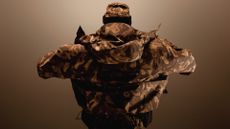
Arc’teryx resurrects its most surprising pattern and the new collection is wilder than last year’s sell-out drop
Atomic and Arc’teryx expand the camo collaboration that fans couldn’t get enough of
By Matt Kollat Published
-

People are going crazy over HOKA’s premium slip-ons as shoppers clear sizes faster than the brand can restock
A rugged recovery mule built from suede, neoprene and recycled rubber is suddenly one of the hottest things on HOKA’s site
By Matt Kollat Published
-

Peak Performance just unveiled a jacket that can literally be taken apart and it could change outdoor gear forever
The company's bold new prototype reveals what happens when you design a jacket to be unmade
By Matt Kollat Published
-
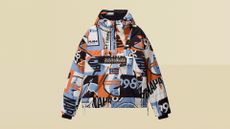
John Lewis dropped £132.50 off my favourite Napapijri anorak and now I’ve got a new problem
To buy or not to buy, that is the question
By Matt Kollat Published
-
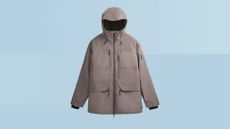
This winter jacket deal is almost too good to be true at 60% off in The Mountain People’s Black Friday sale
£200 off Picture Organic's slope-ready outer shell? Yes, please!
By Matt Kollat Published
-
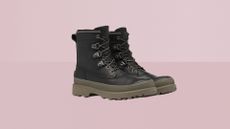
I didn’t know I needed these winter boots until I spotted them in the Black Friday Sale for 60% off
Sorel's Caribou Boots are dirt cheap right now
By Matt Kollat Published
-

Ellis Brigham is having an Arc'teryx blowout sale with up to 40% off – including a hidden-gem winter jacket
If you need quality winter gear for less, check out The Mountain People's Black Friday sale
By Matt Kollat Published
-

I hate to say this but these might be the best Patagonia deals I've seen all week – and there are nearly 200 of them
Up to 50% of Patagonia gear? And available in more than one size, too
By Matt Kollat Published
-
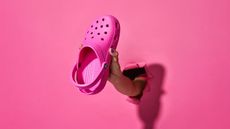
My guilty-pleasure footwear brand has unleashed some outrageously fun shoes in its Black Friday sale
Crocs has nearly 1,000 items on sale
By Matt Kollat Published
-

The North Face’s new winter armour is here and Black Friday has already slashed prices on key pieces
The North Face’s new Warmth & Protection collection mixes heritage design with serious insulation, and two pieces have launched straight into Black Friday deals
By Matt Kollat Published
-
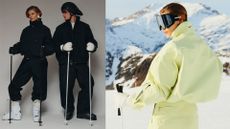
High fashion hits hard snow as Nike and Jacquemus rewrite what après ski looks like
Two brands collide in a winter collection that merges real mountain engineering with sharp runway restraint
By Matt Kollat Published
-

Vivobarefoot's latest shoe brings “feel-everything” movement to the gym and beyond
The Motus Flex is the brand's most barefoot-feeling performance trainer to date
By Matt Kollat Published
-
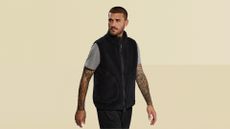
Vollebak’s Deep Sea Diver collection proves the brand is still delightfully unhinged – in the best way possible
The new hoodie and vest borrow tech from Special Forces drysuits built for the abyss
By Matt Kollat Published
-
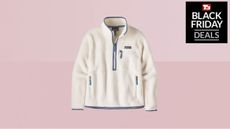
Patagonia's "perfect layer for early-morning walks" is incredibly cheap for Black Friday
The Retro Pile Marsupial Fleece is 30% off at Cotswold Outdoor
By Matt Kollat Published
-

Trailberg’s new Thermore jackets turn plastic waste into serious winter warmth
Lightweight warmth meets recycled tech in Trailberg’s new Vision and Canyon jackets
By Matt Kollat Published
-

Decathlon made a space suit no one saw coming – and it takes under 2 minutes to put on
A consumer sports brand helping shape Europe’s next-generation astronaut equipment wasn’t on anyone’s bingo card for 2025, yet here we are
By Matt Kollat Published
-
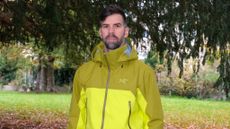
Arc’teryx Beta AR (2025) Jacket review: Iconic mountain shell gets a major upgrade
Arc’teryx’s flagship mountain shell returns with a new membrane, smarter patterning and serious all-weather performance
By Matt Kollat Published
-

Cotswold Outdoor has over 170 Patagonia deals right now – here are an outdoor editor's top picks
Who would've thought you could find so many offers on Patagonia at Cotswold Outdoor?
By Matt Kollat Published
-

Porsche and Norrona quietly dropped the most exclusive ski gear of the season
A performance-first collab brings Porsche design cues to Norrona’s big-mountain staples
By Matt Kollat Published
-
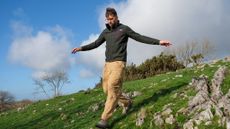
Patagonia R1 Air Jacket review: Lightweight fleece built for warmth and performance
The updated R1 Air Jacket delivers warmth, versatility and sustainability in one lightweight, adventure-ready layer
By Matt Kollat Published
-
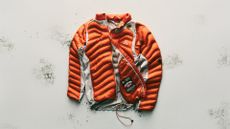
Nike’s wild new ACG jacket is lighter than your phone and made for chaos
Trail-ready innovation meets lightweight packability in Nike’s latest ACG outerwear release
By Matt Kollat Published
-

The North Face’s new Basecamp range looks like a Nuptse jacket for your feet
Down-inspired warmth meets expedition-ready toughness
By Matt Kollat Published
-
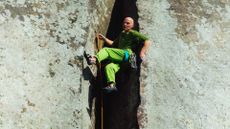
Rab joins forces with Gramicci for a climbing collab steeped in 1980s counterculture
British mountain gear meets Californian climbing cool in a limited-edition collab celebrating the golden age of climbing
By Matt Kollat Published
-
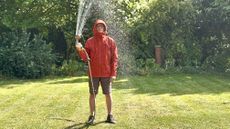
Rab Firewall Light Waterproof Jacket review: this Proflex shell outperforms GORE-TEX
The rainproof Rab Firewall Light is just the ticket for all your two-season adventures
By Derek Adams Last updated
-
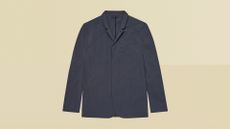
Vollebak just made a “Matrix” suit for real life – and it’s tougher than it looks
The brand that built clothes for Mars now wants to rewire your workwear, fusing military-grade Cordura with sci-fi imagination
By Matt Kollat Published
-
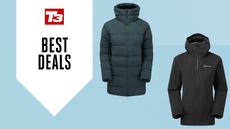
John Lewis' pre-Black Friday up to 50% sale is packed with winter essentials for women
Including Montane, Sweaty Betty and more
By Bryony Firth-Bernard Published
-

Swiss precision meets New York farm life in On’s new capsule collection
On joins forces with Sky High Farm Goods for a creative capsule that fuses performance design, art, and agriculture
By Matt Kollat Published
